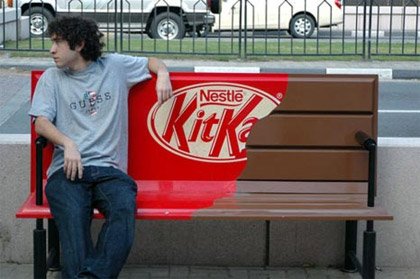This post is very interesting by its context. Personally, I have been analyzing a little about what might be the factors that influence the success or failure of an advertising campaign, including the management of a brand or product in the course of its life cycle, and in fact, it could be thought that the main responsibility for the success expected by the advertiser is the advertising agency and the professionals who lead the project, however, as I have already mentioned in previous articles, this race is one of the most complete of all and directly influence its achievements many areas of knowledge that are key to understanding and achieving the objectives.

All elements that touch the product or service in the organization become co-responsible for the success or failure of an advertising campaign, since any link that fails in the process directly affects the promise that was communicated in the message. Therefore, it is of vital importance to advertisers before making the decision to massively launch a product / service, make branding or any other action; have first aligned all departments and internal processes of the organization.
It is also of vital importance that the head of the Advertising department take good care of what he places in the brief that he will give to his agency, since it is important to keep in mind that this document is key and you must be aware that that is exposed, is not based on how you aspire to see the brand from the vision of the business, but is that the best that the product can offer with what it currently has. That is, attributes, differentiation, values and quality are based on the reality of what can be delivered, not to generate false expectations that can cause great frustration in the final consumer.

In particular, if I do not have the internal processes in perfect working order, I would not make the decision to carry out a campaign to promote a product or service. I enumerate some points that I would consider indispensable to take the step:
Marketing: Evaluation of the needs of the product or service, definition of the segment and niche (if any) market, consumer insights goal, quality vs. quality promised, competition, price, point of sale, trade marketing, among other elements .
Distribution: Scope of the product, capacity of dispatch according to the geographical demand, categorization of client by zones and expected potentiality.
Manufacturing: Production capacity, raw material, quality standard, import capacity and inventory - if it is not produced in the country.
Sales: Training of sales staff, application of good practices in after-sales services, knowledge of customers and involvement of staff in the objectives of the advertising campaign.

All these factors working perfectly, will directly support the achievement of the creative and media objectives established by the agency, and will be decisive in the prestige and credibility with which the campaign is perceived in the consumer, since everything is part of a system where the protagonist can not control 100% of the results. In the organizations, it is not possible to work in islands, but in equipment; is the only formula to have successes and to be able to evolve in the time.

the images shown here were downloaded from the following pages:
http://www.mundotkm.com/us/at/70411/las-15-publicidades-mas-impactantes-del-mundo-en-el-2015
https://bigmagazinechile.wordpress.com/2010/01/20/publicidad-clave-en-el-exito-o-fracaso/
http://www.highdefgeek.com/7-amazing-guerrilla-marketing-strategies/
.gif)